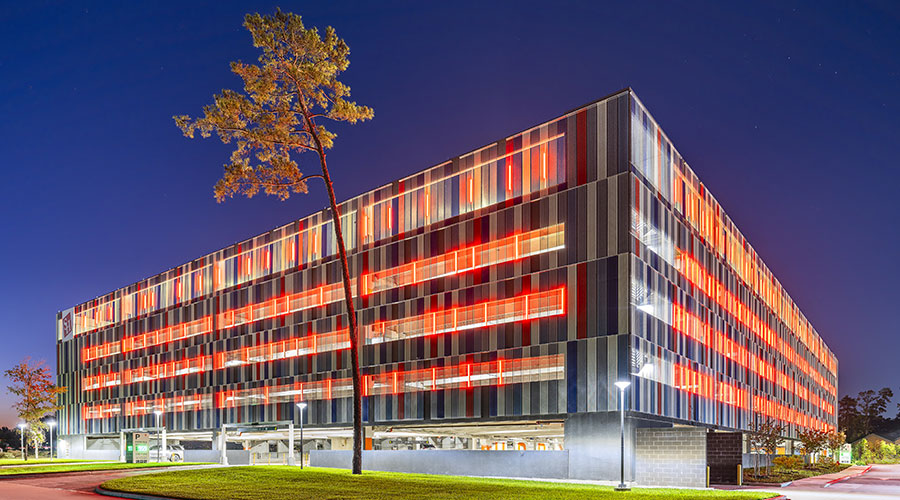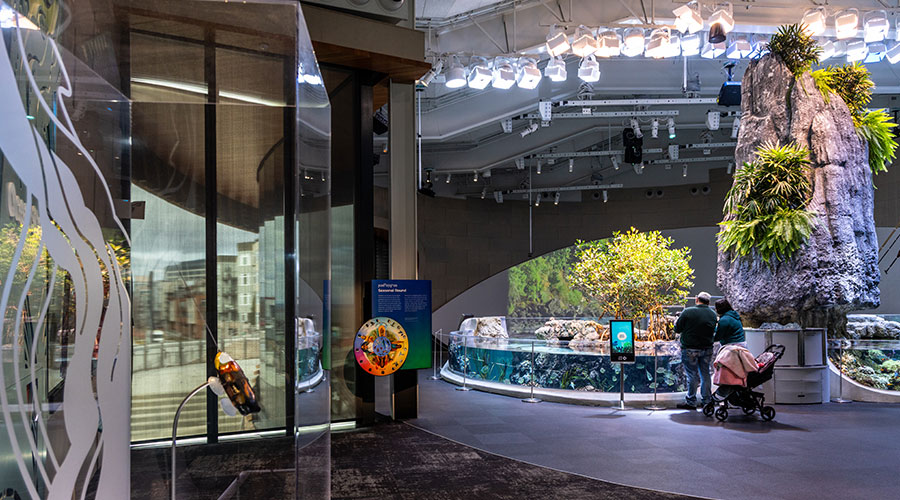How do LEDs Compare to CFLs?
Light-emitting-diode (LED) technology is advancing rapidly and has become a viable option for some specific applications in institutional and commercial buildings. Maintenance and engineering managers also are considering LEDs for installation in exterior applications and in parking garages.
What has changed? In the past few years, the color quality, efficiency, and reliability of LEDs have improved significantly. Managers now have viable options for specifying LEDs, but they need to beware of poor-quality products on the market.
It is nearly impossible to compare products based on manufacturer's literature. A better approach is to mock up LED product installations to evaluate manufacturer's performance claims. Until the industry matures, selecting a fixture based on manufacturer's claims will be a roll of the dice.
Areas of Improvement
Downlight LED products on the market compare favorably in performance to downlights designed for compact fluorescent lamps (CFLs). While managers still will pay a premium for LEDs compared to CFLs, the longer intervals between relampings that LEDs provide can make them an attractive option for projects where scheduled relamping is difficult because of long hours of use, high labor costs, or fixtures located in hard-to-reach places.
Managers should look for fixtures designed to allow easy replacement of the LED and driver modules. While LEDs might deliver longer performance life than CFLs and other traditional alternatives, they do not last forever and eventually need replacing.
Some LED manufacturers include a dimming function at no additional cost, while a dimming function with CFLs comes at an added cost and requires a lamp burn-in time. The low end of the dimming range also is generally unsatisfactory.
Another LED feature not available with conventional light sources is the ability to regulate lumen maintenance. The standard practice is to overlight spaces initially so as time goes by and the output of the light source diminishes, the amount of light still will be adequate. With LEDs, managers can regulate the output to always provide a constant output.
Lighting a limited area with little or no spill light is an ideal application for LEDs. This application can include steplights recessed into a wall, limited-area task lighting at a nurse-charting station in a hospital, or task lighting in an office setting. Managers should look for products specifically designed around an LED to achieve the best performance and efficiency.
Managers can specify LEDs to light multi-colored objects, whether pieces of art or retail merchandise, if the ceiling height is moderate — 10 feet or less. Some LEDs have crisp, almost incandescent sparkle to them, while others have a softer, more diffuse quality, similar to fluorescent lights. So it is important to know the kind of light a fixture will deliver before selecting it for accent lighting.
Because LEDs are instant-on and directional by nature, they are well-suited for exterior environments. In a well-designed fixture, they can deliver light over a large area more efficiently than traditional metal halide or high-pressure sodium fixtures, and they waste less light.
The directional nature of LEDs also allows for more efficient, specialty applications. When a surface needs to be washed with light, the specifier can call for an LED fixture aimed to light the surface with little or no spill light, making it more efficient than a similar fluorescent or metal-halide fixture.
Some manufacturers are developing fixtures in which the LED is positioned in a housing and aimed at an internal reflector that delivers the light below. This set-up allows for efficient delivery of the light and can reduce the glare from the fixture.
Related Topics:













